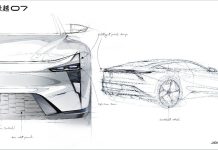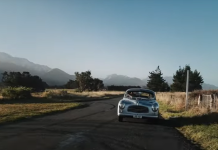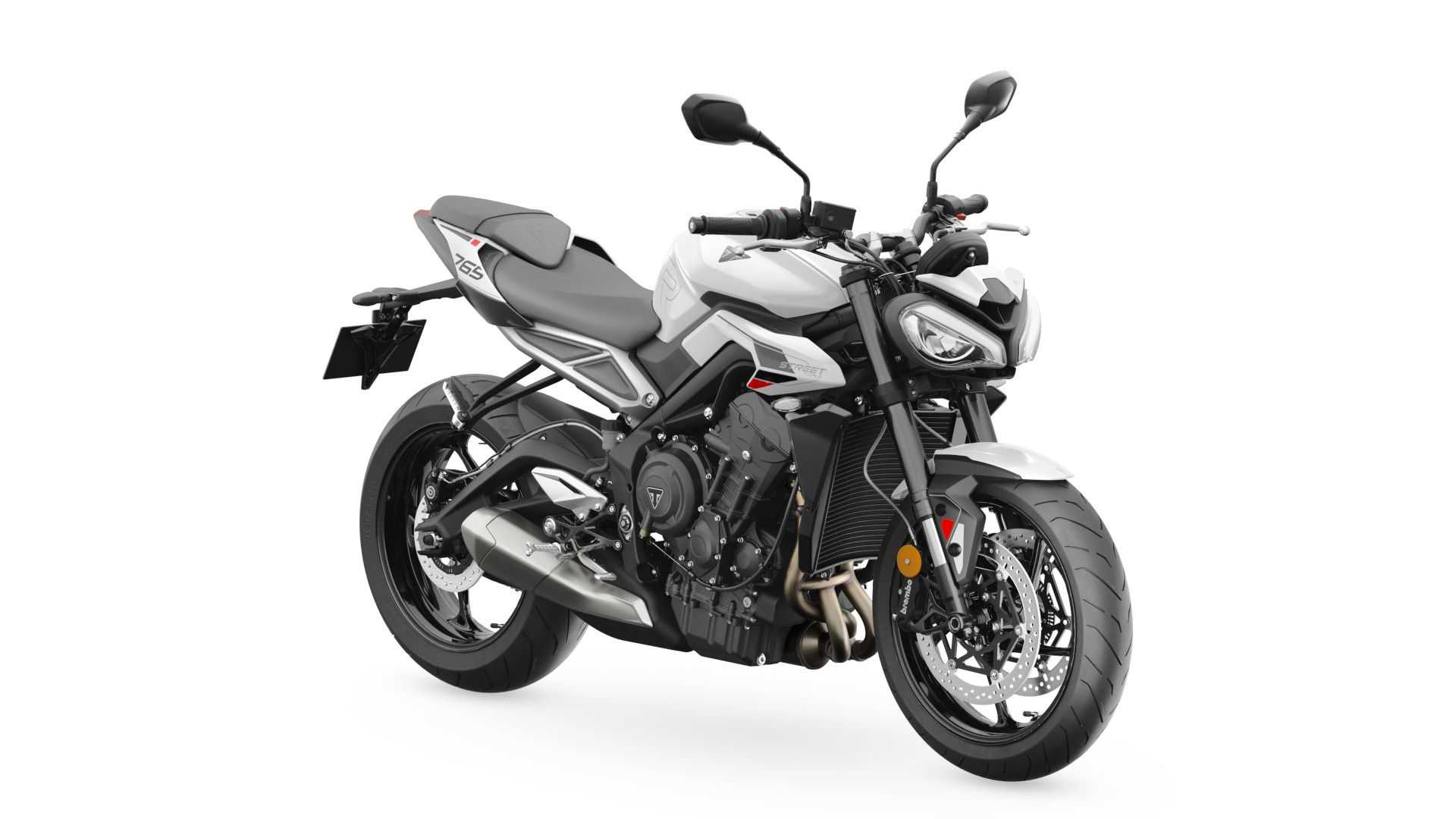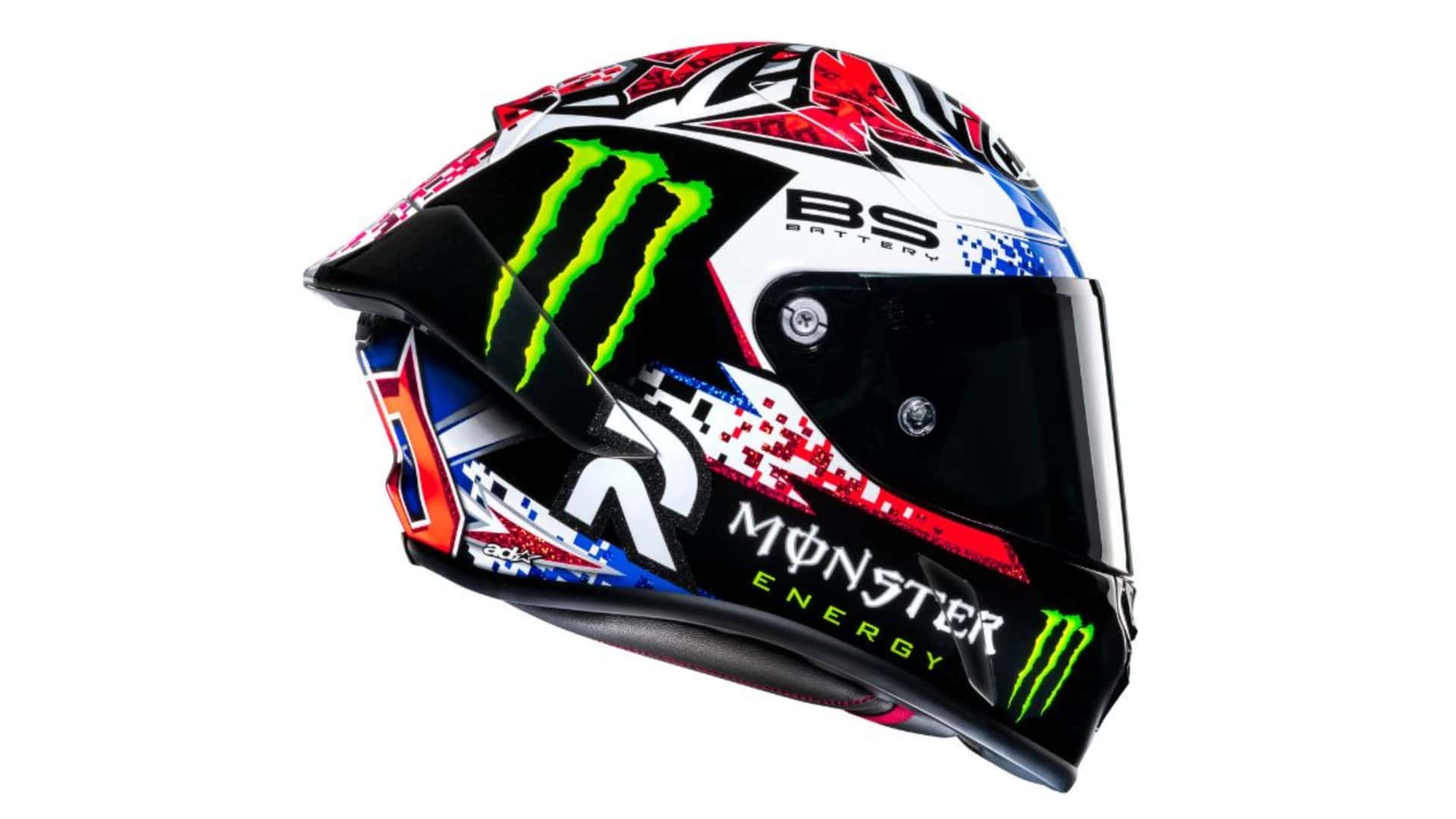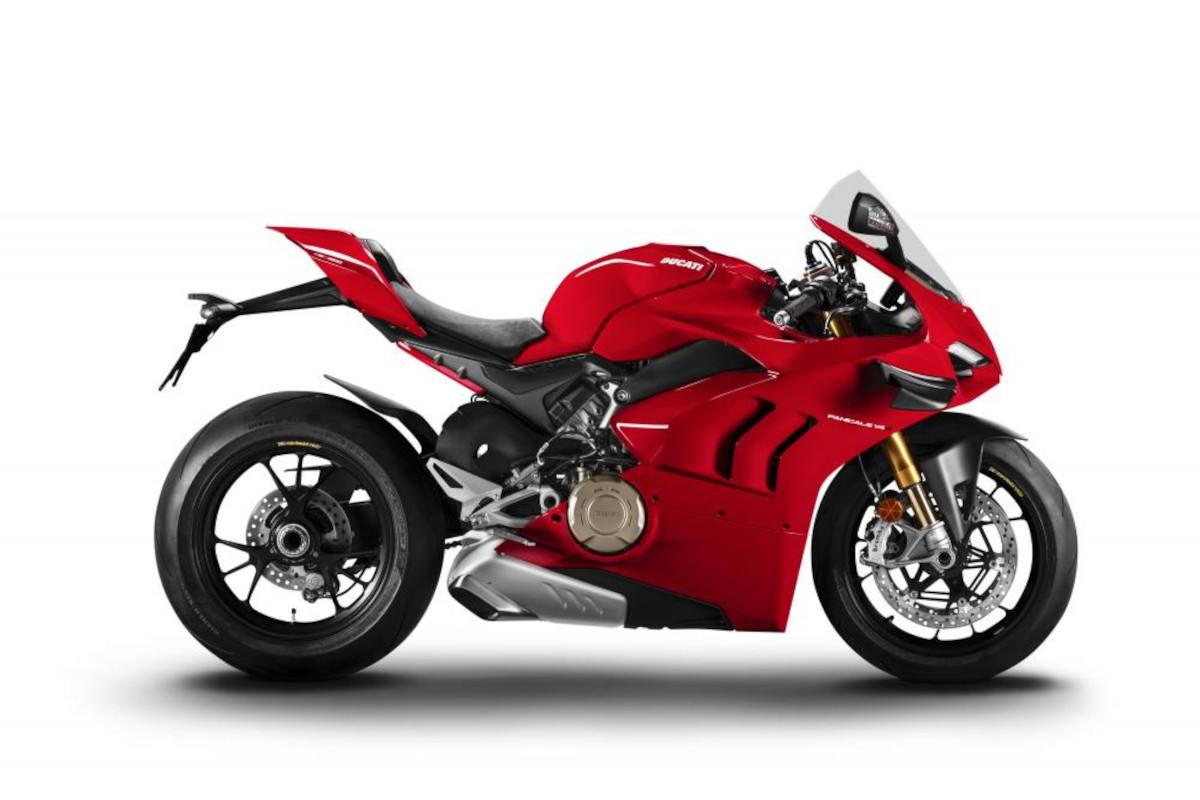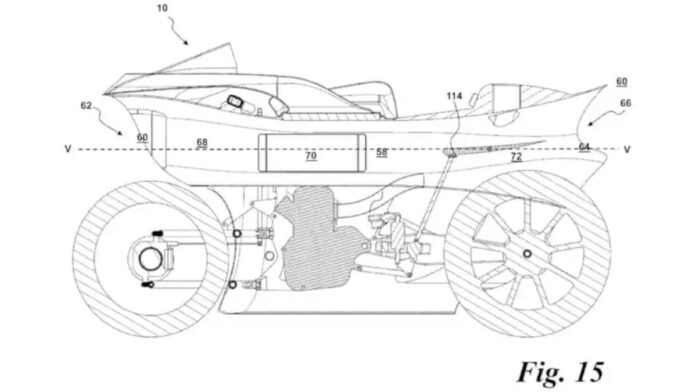Motorcycle aerodynamics can be a contentious topic among enthusiasts. Similar to car enthusiasts adding massive wings to their Honda Civics, the aero features on motorcycles often appear more for show than practical use on public roads.
However, the science behind these aerodynamic features, particularly the venturi ducts recently patented by White Motorcycle Concepts, is incredibly interesting.
What is a Venturi and How Does It Work?
Understanding the Venturi Effect
The venturi effect is named after Italian physicist Giovanni Battista Venturi, who discovered that when air (or any fluid) flows through a narrow section of a tube, it speeds up and its pressure drops. This principle, known as Bernoulli’s principle, is critical in various applications, including aerodynamics.
Applying the Venturi Effect to Motorcycles
When applied to motorcycles, the venturi effect can theoretically enhance high-speed stability. By incorporating a venturi duct—a tube with a narrow section—airflow through the motorcycle can be managed to create lower pressure and increase downforce. This increased downforce can help keep the motorcycle more stable at high speeds.


White Motorcycle Concepts’ Revolutionary Design
The Crazy Concept Patent
White Motorcycle Concepts has patented a motorcycle design that makes extensive use of venturi ducts. This design is one of the wildest setups seen in motorcycle aerodynamics. The venturi duct extends from the front to the rear of the bike, providing an uninterrupted passageway for air.
Reducing Frontal Area to Cut Drag
The primary aim of this venturi duct is to reduce the motorcycle’s frontal area, thereby reducing aerodynamic drag. Drag force on a moving object is proportional to its frontal area, so a smaller frontal area results in less drag. The patent details that this “gaping hole” in the middle of the bike minimizes drag by allowing air to pass through rather than around the bike.
The Science Behind the Design
The Role of Bernoulli’s Principle
According to Bernoulli’s principle, the pressure in a fluid decreases as the fluid’s velocity increases. In the context of White Motorcycle Concepts’ design, as air flows through the narrow section of the venturi duct, its speed increases, and pressure decreases. This creates a low-pressure area that can generate additional downforce, enhancing stability.
Cooling Benefits
The venturi duct also serves as an intake at the front of the bike, potentially aiding in cooling the engine. The continuous airflow through the duct can help dissipate heat more effectively, which is crucial for maintaining performance, especially in high-speed conditions.
Practical Implications and Challenges
High-Speed Performance vs. Road Use
While the theoretical benefits of the venturi effect are clear, their practical application on public roads is limited. The advantages of reduced drag and increased stability are most significant at extremely high speeds—speeds typically achieved only in controlled environments like racetracks.
Ergonomic Considerations
One of the notable drawbacks of the White Motorcycle Concepts design is its ergonomics. The patent drawings depict a motorcycle with an aggressive, race-oriented riding position. This setup, while ideal for high-speed runs, may be uncomfortable and impractical for everyday use. The bulky bodywork and specialized ergonomics could hinder maneuverability and comfort on typical road surfaces.
The Future of Motorcycle Aerodynamics
A Proof of Concept
Despite the practical challenges, White Motorcycle Concepts’ design represents a significant step forward in motorcycle aerodynamics. As a proof of concept, it showcases the potential for innovative solutions to enhance high-speed stability and performance.
Real-World Applications
For real-world applications, manufacturers might need to balance aerodynamic benefits with practicality. Future designs could incorporate adjustable or modular aerodynamics, allowing riders to optimize their bikes for different conditions—high-speed performance on tracks and comfort and maneuverability on public roads.
Conclusion: Form Meets Function in Motorcycle Design
The venturi effect and the principles outlined in White Motorcycle Concepts’ patent highlight the intricate relationship between form and function in motorcycle design. While the dramatic aero features may seem over-the-top for everyday riding, they underscore the relentless pursuit of performance and stability in the world of superbikes.
Motorcycle aerodynamics will continue to evolve, driven by both technological advancements and the quest for ever-greater performance. Whether on the racetrack or the open road, the principles of fluid dynamics and innovative designs will shape the future of motorcycling.
Share Your Thoughts
What do you think of White Motorcycle Concepts’ latest design? Is it a functional breakthrough in motorcycle aerodynamics, or does it border on being overly complex for the sake of complexity? Share your thoughts in the comments below and join the discussion on the future of motorcycle design.



